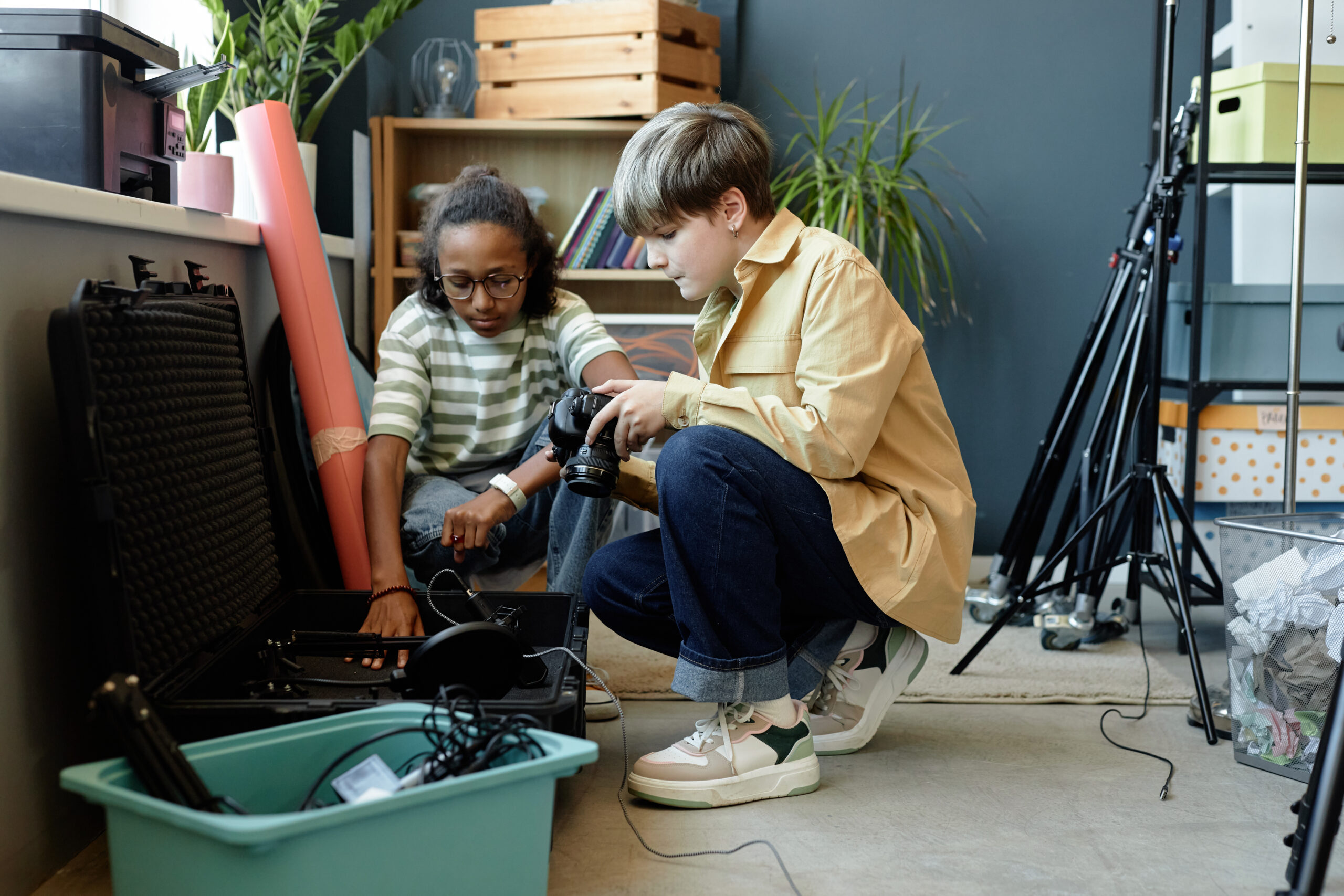Introduction
Electronic waste, commonly known as e-waste, is one of the fastest-growing waste streams in the world. With rapid technological advancements, many electronic devices become obsolete quickly, leading to massive amounts of waste. Unfortunately, improper disposal of e-waste can release toxic materials into the environment.
Recycling e-waste at home is not only beneficial for the planet but also helps conserve valuable materials like gold, copper, and rare earth elements. This guide will provide you with detailed, step-by-step instructions on how to recycle e-waste at home effectively and responsibly.
What is E-Waste?
Definition of E-Waste
E-waste refers to discarded electrical or electronic devices that are no longer in use. These items can include broken, outdated, or unused electronics.
Common Types of E-Waste
| Category | Examples |
| Household Electronics | TVs, radios, gaming consoles, DVD players |
| Computers & Accessories | Laptops, desktops, monitors, keyboards, mice |
| Mobile Devices | Smartphones, tablets, smartwatches |
| Office Equipment | Printers, scanners, fax machines |
| Kitchen Appliances | Microwaves, coffee makers, blenders |
| Batteries & Bulbs | Rechargeable batteries, light bulbs |
Why is Recycling E-Waste Important?
1. Reduces Environmental Pollution
E-waste contains harmful substances like mercury, lead, and cadmium that can leach into the soil and water if disposed of improperly.
2. Conserves Natural Resources
Recycling recovers valuable materials such as gold, silver, and copper, reducing the need for mining and conserving natural resources.
3. Reduces Landfill Waste
Electronic waste contributes significantly to landfill overcrowding. Proper recycling reduces landfill space usage.
4. Saves Energy
Recycling requires significantly less energy compared to extracting raw materials from the earth.
How to Recycle E-Waste at Home
Step 1: Identify Your E-Waste
Before you start recycling, sort through your electronic items and determine which ones you need to dispose of. Ask yourself:
- Is the device still functional?
- Can it be repaired or upgraded?
- Can someone else use it?
Step 2: Explore Manufacturer Take-Back Programs
Many electronics manufacturers and retailers offer recycling and trade-in programs. Here are some options:
| Company | Recycling/Trade-in Program |
| Apple | Apple Trade-In program for devices and accessories |
| Dell | Dell Reconnect program for recycling computers |
| Best Buy | Accepts old TVs, phones, batteries, and more |
| HP | Ink cartridge return and recycling program |
| Samsung | E-waste drop-off points for old Samsung devices |
Step 3: Donate or Sell Usable Electronics
If your electronic device is still functional, consider donating it to organizations such as:
- Schools and libraries
- Nonprofits like Goodwill or Salvation Army
- Community centers
Alternatively, you can sell it on platforms such as eBay, Craigslist, or Facebook Marketplace.
Step 4: Upcycle or Repurpose Old Electronics
Many electronic items can be repurposed for other uses. Some creative ideas include:
- Convert an old smartphone into a home security camera.
- Turn an outdated laptop into a dedicated media center.
- Use an old tablet as a digital photo frame.
Step 5: Dispose of Batteries and Small E-Waste Properly
Different components of e-waste, such as batteries, need special disposal:
Battery Recycling Methods
| Battery Type | Recycling Option |
| Lithium-ion (phones, laptops) | Call2Recycle drop-off locations |
| Alkaline batteries | Local recycling programs |
| Car batteries | Auto shops like AutoZone recycle them |
Printer Cartridge Recycling
- Return used cartridges to HP, Canon, or Epson.
- Drop off empty cartridges at Staples or Office Depot.
Step 6: Find a Certified E-Waste Recycling Center
Locate a certified recycler near you using:
- Earth911 Recycling Locator
- Call2Recycle
- e-Stewards
Data Wiping: Ensure Your Privacy Before Recycling
Before donating or recycling your electronic devices, it’s essential to wipe your personal data securely.
How to Securely Erase Data
For Smartphones/Tablets:
- Back up your data.
- Perform a factory reset.
- Remove your SIM and SD cards.
For Computers/Laptops:
- Use data wiping software like DBAN or CCleaner.
- Remove hard drives if necessary.
- Restore the device to factory settings.
Reducing Future E-Waste
To minimize future e-waste, adopt sustainable habits such as:
1. Buy Long-Lasting Electronics
Choose devices with durable designs and upgradable components.
2. Repair Instead of Replacing
Before buying new devices, try fixing minor issues first.
3. Purchase from Eco-Friendly Brands
Support brands that prioritize sustainability, like Fairphone and Dell.
4. Recycle Regularly
Make a habit of recycling old gadgets instead of letting them pile up at home.
E-Waste Recycling Trends: A Statistical Overview
To understand the growing need for e-waste recycling, let’s examine key statistics:
E-Waste Generation Worldwide (2023 Estimate)
- Over 53.6 million metric tons of e-waste was generated worldwide in 2023.
- Only 17.4% of this e-waste was properly recycled.
- The number is expected to increase by 21% by 2030.
E-Waste Recycling Benefits
| Recycling Impact | Environmental Benefit |
| 1 ton of recycled e-waste | Saves 1.5 tons of CO2 emissions |
| 1 million recycled laptops | Saves energy equal to powering 3,500 homes for a year |
| Recycling 1 million cellphones | Recovers 35,000 lbs of copper & 770 lbs of silver |
Conclusion
Recycling e-waste at home is an easy yet impactful step towards a sustainable future. By properly disposing of old electronics, donating, repurposing, and recycling components, you help reduce environmental damage and conserve natural resources.

Leave a Reply